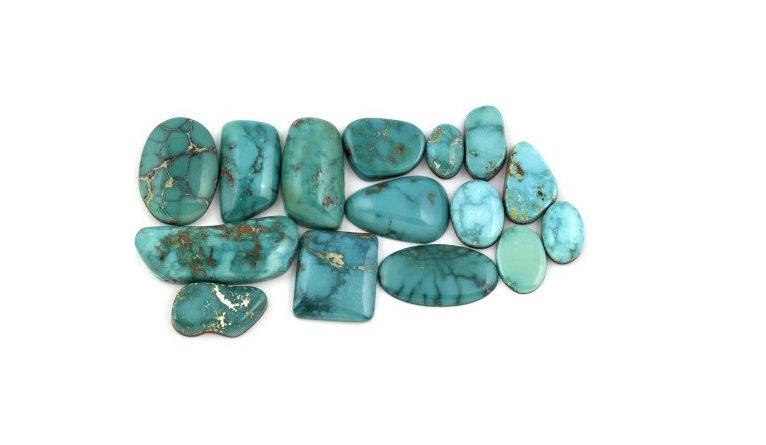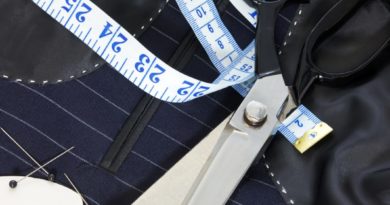What You Need to Know About The Turquoise?
here is such a kind of stone, it is the heart of the pharaohs of Egypt, the sacred stone of Tibet, the sacred stone of the Indians, and it is also one of the most beloved gems of the East! Today’s topic is turquoise, you may already know this gems, but do you really understand it? Let’s take a look at how to tell the difference between good and bad turquoise.
All You Need to Know About The Turquoise
Color evaluation. The quality of a piece of turquoise depends on its color. The color of turquoise is divided into three categories: blue, green and variegated. Blue includes sky blue, dark blue, blue, etc. Green includes dark blue-green, grey-blue green, green, light green, and yellow-green. Variegated colors include yellow, earthy yellow, moon white, and grayish white. Among these colors, turquoise is best in standard sky blue, followed by dark blue and blue-green. Natural turquoise usually has a non-uniform color distribution, so the color is uniform, and the positive, steady, and rich colors are the best for turquoise color.
Hardness and texture. The performance of hardness and texture in the appearance, popular speaking, is the texture of turquoise after polishing. According to hardness and texture, turquoise can be divided into porcelain turquoise, hard turquoise, loose turquoise, and white turquoise. As the name implies, it is a turquoise with a ceramic luster after polishing. The porcelain-like luster is produced by the firmness of the structure and the strong reflection of light. At the same time, the compact structure also gives it the highest hardness of each variety. Therefore, porcelain turquoise is the best quality turquoise of the above four varieties. The hardness of hard turquoise is second to porcelain turquoise, but better than that of the loose turquoise and the white turquoise. There is a saying in the tophus industry that “buy hard and not buy soft”, that is, according to your consumption level, buy turquoise at least to start from hard turquoise. The texture of the loose turquoise is like limestone. It is actually turquoise that has been weathered. His texture is loose, Mohs hardness is less than 5, and sometimes it can be swiped with nails. Some of the loose turquoise pieces are loose and can be used as jade carving materials. White turquoise refers to the turquoise which is softer than the loose turquoise, and the texture is very poor, which is inferior. This kind of turquoise is often used as a raw material for optimal treatment, and is often subjected to artificial coloring, injection molding or wax injection.
Iron wire. There are often brown and dark brown textures and stains in the turquoise, which is called the iron wire. It is made up of impurities such as limonite and carbon. In principle, the less iron wire, the higher the value of turquoise, because too much iron wire will cause the stone to become fragile. Once subjected to too strong external force, it will lead to the fracture of turquoise! However, when the distribution of the iron wire forms a unique pattern, it can enhance the ornamental value of turquoise, and is also sought after by many jewelry lovers. For example, when the turquoise of high blue and high porcelain has an even black wire divided in a network, it becomes a rare variety of turquoise: “Black orchid”. , its price is very expensive. When the distribution and shape of the iron wire is like water grass, the iron wire is vividly described as “water grass pattern” in the industry. This kind of texture also has his followers.
Density. There’s a saying in the turquoise industry, “Buy heavy and not light”. For the same size of turquoise, the larger the weight, the better. Density actually represents the compactness of the texture of the turquoise. The weight of the same size of the porcelain turquoise is twice as large as the weight of the loose turquoise. Sometimes the weight can help us distinguish whether it is loose turquoise or porcelain turquoise. As mentioned before, loose turquoise and other poor quality turquoise is often the raw material for the treatment of turquoise. Therefore, the density can help you to judge whether the turquoise has been treated to some extent. Please be careful when you encounter too light turquoise. You can check out combinations of turquoise jewelry at Get Name Necklace
Also, read our Guide for Those Interested in Meteorite Tungsten Rings




